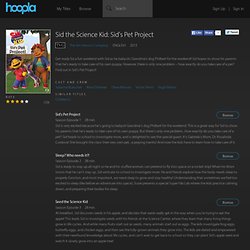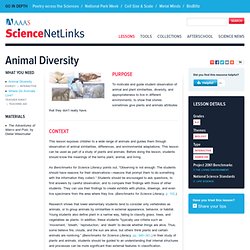

Welcome to Head Start Activity QuickSource® Crops 2: What Plants Need to Grow. Purpose To familiarize students with the kinds of things that plants need to grow well.

Context This is the second lesson of a two-part series on where food comes from. These lessons are intended to help students understand that most of the food they eat comes from farms. In Crops 1: Where Does Food Come From? In Crops 2: What Plants Need to Grow, students learn how to grow plants and about the kinds of things that promote growth (warmth, sunlight, water, soil). While teaching, keep in mind that a lot of people never see food or fiber before those products get to retail stores and that primary-school children may have only vague ideas about where their food and fabrics come from. Students will also benefit from knowing that many people are involved in the farming industry. The basic experiences of students at this early level include seeing plants grow from seeds they have planted, eating the edible portions of the mature plants, and noticing what plants and other things animals eat.
K - Act. 22: Outdoor Observation. Hoopla. Get ready for a fun weekend with Sid as he babysits Grandma's dog Philbert for the weekend!

Sid hopes to show his parents that he's ready to take care of his own puppy. However, there is only one problem – how exactly do you take care of a pet? Find out in Sid's Pet Project! WildlifeisEverywhere_000. Animal Diversity. Purpose To motivate and guide student observation of animal and plant similarities, diversity, and appropriateness to live in different environments; to show that stories sometimes give plants and animals attributes that they don’t really have.

Context This lesson exposes children to a wide range of animals and guides them through observation of animal similarities, differences, and environmental adaptations. This lesson can be used as part of a study of plants and animals. Before doing the lesson, students should know the meanings of the terms plant, animal, and living. As Benchmarks for Science Literacy points out, “Observing is not enough. Research shows that lower elementary students tend to consider only vertebrates as animals, or to group animals by similarities in external appearance, behavior, or habitat.
Motivation To introduce the lesson, present a living animal or plant as a hands-on classroom example.